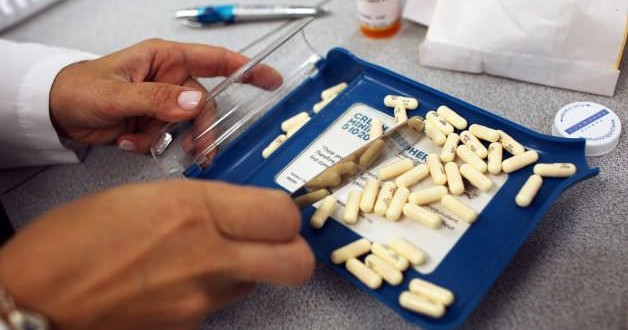A new one-day survey suggests that too many hospital patients may be getting antibiotics, or getting the wrong ones. The study by researchers at the Centers for Disease Control found that about half of patients were taking antibiotics and about half of those patients were receiving two or more of the drugs.
“The very most common drug overall was a drug called vancomycin,” said Dr. Shelley S. Magill of the CDC. “When we looked at the most common antibiotics that patients were getting, we did find that they tended to be what we call broad-spectrum antibiotic drugs.”
Broad-spectrum antibiotics, which are used to treat more resistant infections, were not only given to patients in intensive care units, but they were commonly prescribed in regular medical and surgical units as well as for infections that began outside of the hospital.
“The line has really been blurred between reserving these powerful antibiotics for patients that have health care acquired infections and those that have community-based infections,” Fridkin said.
Last March, the CDC asked every hospital in the country to implement an antibiotic stewardship program. It requires strong leadership, accountability and careful monitoring and tracking.
“That’s a program that can make a difference for all the providers that prescribe antibiotics in hospitals in the U.S.,” Fridkin said.
Agencies/Canadajournal
 Canada Journal – News of the World Articles and videos to bring you the biggest Canadian news stories from across the country every day
Canada Journal – News of the World Articles and videos to bring you the biggest Canadian news stories from across the country every day



